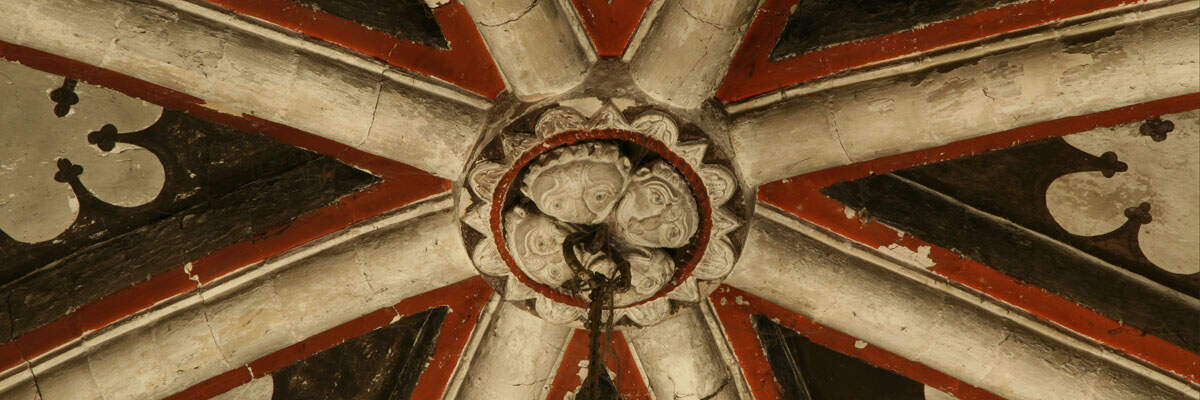St Giles's is a large church with a freestanding tower to the SE. The
church has a six-bay aisled nave with late 12thc. or
early 13thc. arcades and later N and S doorways, the
N under a porch. The present, Perpendicular,
clerestory is higher than the original, which can still be seen on the outside
as a series of round or slightly pointed arches. The chancel was destroyed in a gale in 1741, although the early
13thc. chancel arch survives. It was rebuilt shorter
the following year and finally taken down in the 1868 restoration. This was
undertaken by the Rector, Canon John Scott, under the direction of his brother,
Sir George Gilbert Scott. Construction is of roughly coursed stones with brick
repairs. The freestanding tower, begun in the 13thc., is of three storeys, the
lowest of stone rubble, the second rendered for most of its height, and the
remainder of brick. The ground floor was originally open on all four sides. The
nave arcades and chancel arch
are described here, although all probably date from the early years of the
13thc.



